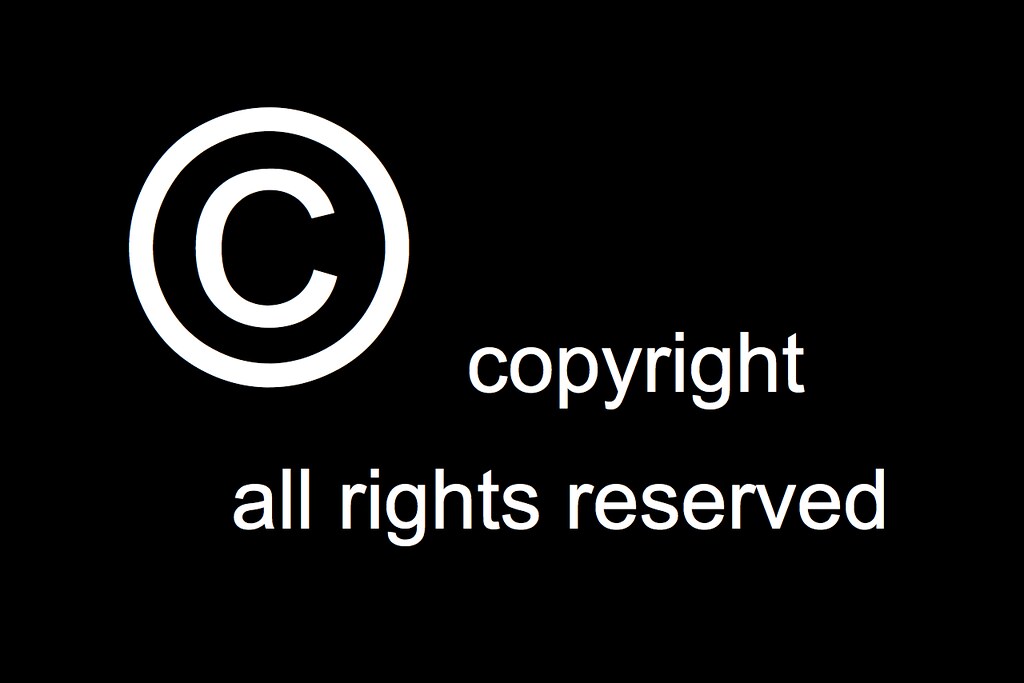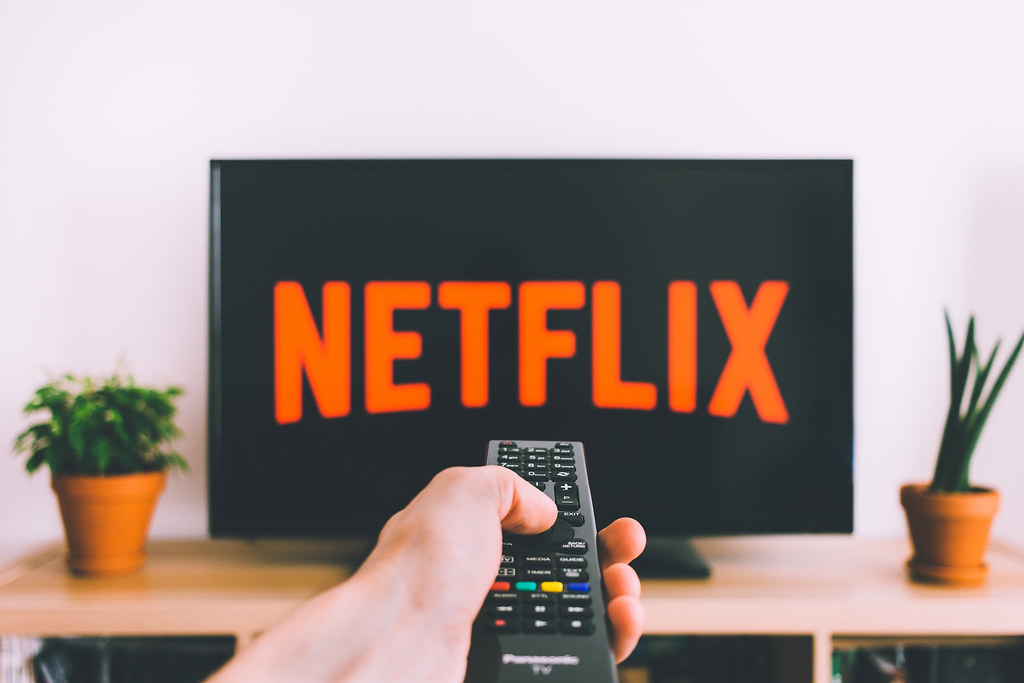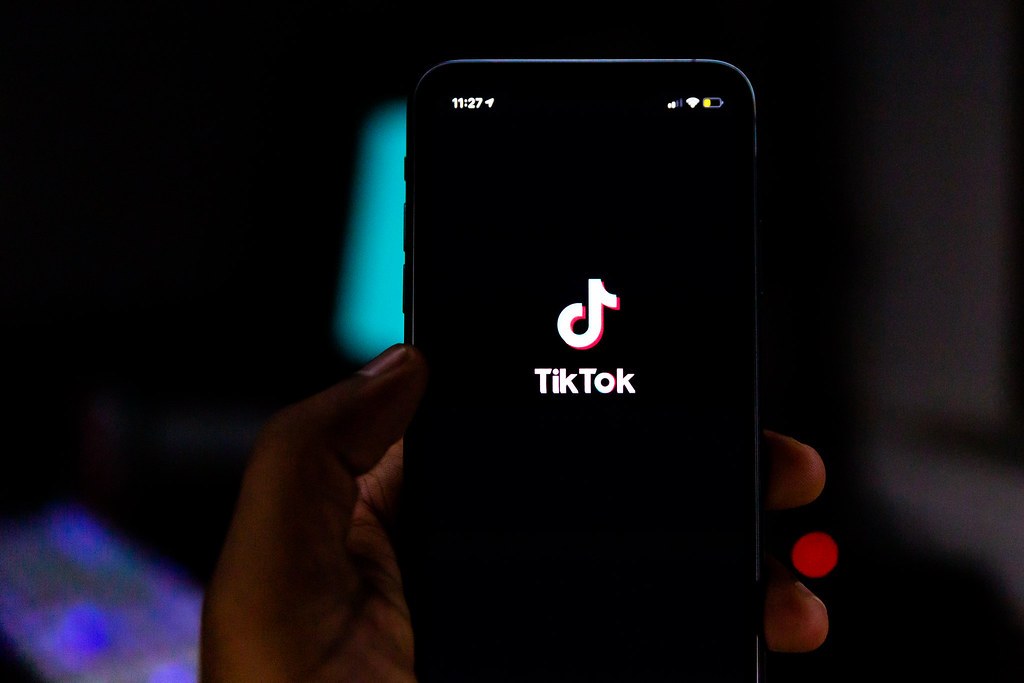
Background
The great popularization of book printing and publishing in the 17th century gave rise to the legal notion of copyright (Lyman Ray Patterson, 1968). The development of copyright can be attributed to the printing presses invention in the middle of the 15th century, which allowed for the mass manufacturing and distribution of books as well as the quick dissemination of written works across Europe. As a result, written works spread quickly throughout Europe, which made authors and publishers worried about unlicensed copying and literary theft. The Statute of Anne (1710) in England was one of the first laws governing copyright. In order to balance the interests of the author or publisher with those of the general public, and to give the creator a monopoly on the time-limited nature of his or her personal works, this statute granted authors and publishers a series of exclusive rights to manage the reproduction and distribution of their works for a limited period of time. This ultimately ensured that their works would be seen by the public. The term “copyright” now refers to a variety of creative works, including music, software, visual arts, literature, and multimedia. Discussions about striking a balance between the rights of content creators, publishers, and the general public as well as adjusting to the technological advancements and challenges of the digital age have made the question of whether copyright protection has an impact on the development of creative works and whether it should still be protected in modern society a contentious one.
The importance of copyright protection
The importance of copyright protection lies in the way it fosters the development of both art and science by giving authors the only authority to limit how and where their works are used and shared. By forbidding unauthorized alterations or derivative works, copyright protection also aids in maintaining the authenticity and originality of works. The economy of society is currently significantly impacted by information products and services. In other words, the value of intellectual works is increasing in today’s society. Information can be reused, and unlike resources made of steel or iron, it can be generated and transferred with a minimum of physical resources (Cheverie, 2002). Therefore, copyright exists to strike a balance between the rights of creators and the public interest, to aid in the financial success of creators through the sale and distribution of their works, and to contribute to the enrichment and advancement of contemporary society. Like music, novels, and movies, the comic book industry in the United States is an example of a creative work. This is thus because copyright is automatically applied to all works when they are created or first published because they are all expressions of ideas (Kaiser et al., 2023). The modern option of watching TV shows or movies in streaming media has also grown in popularity. Additionally, more users will decide to use their media if the streaming content involves copyrights or intellectual property.

For instance, Netflix, a streaming service, can accomplish the goal of controlling the full lifecycle from creation to distribution by developing and owning the rights to well-known shows like Stranger Things and Women’s Prison (Kaiser et al., 2023). Thus, copyright protection can advance the interests of publishers, original authors, and higher-caliber cultural services.
The Change

However, with the rapid development of social media and internet networks, the function and significance of copyright protection in the present era appear to have changed in several ways. This is due to the creation of copyright in the 18th century to safeguard books. For books to provide a respectable income back then, they had to be well-written and given enough time to develop into masterpieces. In other words, before the internet and copyright were the main sources of cultural income, there was no opportunity to profit from celebrity. However, in the modern internet era, pop culture is commercialized through co-stars, embedded advertisements, sponsorships, etc. Making money off of name recognition is, in essence, how most of today’s modern culture is monetized.
For instance, TikTok has developed a close relationship with the expanding global appeal of the Korean pop music industry on social media (Abidin & Jin, 2023). This is due to the fact that social media has ingrained itself into people’s daily lives in the twenty-first century and that users may simply access and publish about their personal lives on these platforms. Sharing their personal lives on social media platforms allows celebrities to project an authentic and intimate persona (Abidin, 2016). Culture and pop culture are thus two distinct products with very different business structures.

However, the current understanding of copyright treats these two cultures equally. Piracy can significantly reduce sales and earnings in the cultural sector. However, for a low-quality film or piece of music, only widespread exposure is required in exchange for a sizable sum of money. For example, the copyright issue of Mickey Mouse. With the huge commercial benefits that this IP of Mickey Mouse has brought to Disney, Disney has chosen to keep extending the copyright act (Shaw, 2018). So, the modern owner of copyrights in most are not individuals but corporations.
The entire development of culture may be hampered in contemporary society when the goal of copyright protection changes. The copyright duration under the Queen Anne’s Laws was 20 years, but in modern-day Europe and the United States, it is now 90 years or longer. This is because corporations like Warner, Universal, and Disney have been pressuring Congress to amend the Copyright Act in order to lengthen the duration of copyright protection in order to increase their financial bottom line. For instance, European folktales such as Snow White, Cinderella, and the Little Mermaid formerly existed. But today they are all Disney characters protected by copyright. Only 20 years are allowed for the protection of invention patents. Large businesses use their financial strength to retain their cultural hegemony after achieving it through the use of copyright. It is appropriate for the industry titans to employ legal means to safeguard copyrights, but when the amassed wealth is obtained through plagiarism, the issue goes against the original intent of copyright protection. For instance, Tencent makes use of plagiarism to attract a lot of users and earn money. For this reason, copyright gives creators of literary and artistic works more authority, and copyright was established so that human society may continue to develop beautiful literary and artistic creations. When copyright’s fundamental intent and meaning were reversed, it shifted from helping creators make money to helping big capitalist corporations’ monopolies the market.
Some original artists are now questioning the value of copyright and if copyright protection can actually help original creators as a result. In the era of the Internet, copyright has, in my opinion, evolved into one of the means through which numerous businesses can make money. However, in today’s culture, copyright is still something that needs to be protected. The way copyright is protected must, however, adapt along with the changes. In order to foster cultural equality and technological advancement and to build upon the achievements of the past, modern copyright protection is based on the defense of authors’ fundamental rights and the sharing of knowledge.
Conclusion
It is crucial to keep in mind the initial intent of not strangling every creative right while discussing copyright protection. Knowledge will have reached a civilizational level and be open to all when the era of copyright protection ends. The affluent are not required under copyright to use legal strategies, whether deliberate or not, to accomplish their monopolization of information goals. When the availability of information is based on social standing and when books and education grow more and more expensive, monopolization of knowledge and culture results. The Internet era is a time of liberty, development, and sharing. Because they can reason, humans developed into civilized beings, and civilizations endure because they are passed down from generation to generation. Copyright protection is vital, but it shouldn’t be employed as a means of establishing intellectual dominance and policing cultural expression. The ultimate purpose of copyright protection should be to promote cultural equality and knowledge exchange.
Reference
Abidin, C., & Jin, L. (2023). K-pop TikTok: TikTok’s expansion into South Korea, TikTok Stage, and platformed glocalization. Media International Australia, 188(1), 86–111. https://doi.org/10.1177/1329878×231186445
Abidin, C. (2016). Visibility labour: Engaging with Influencers’ fashion brands and #OOTD advertorial campaigns on Instagram. Media International Australia, 161(1), 86–100. https://doi.org/10.1177/1329878×16665177
Cheverie, J. F. (2002). The changing economics of information, technological development, and copyright protection: what are the consequences for the public domain? The Journal of Academic Librarianship, 28(5), 325–331. https://doi.org/10.1016/s0099-1333(02)00324-5
Kaiser, F., Cuntz, A., & Peukert, C. (2023). Batman forever? The role of trademarks for reuse in the US comics industry. Research Policy, 52(8), 104820. https://doi.org/10.1016/j.respol.2023.104820
K, Devi, S. Partners-M. S., & Rayapati, L. (2023, April 17). Netflix and IP – The Rise and Rise of OTT Platform. Lexology.
Shaw, A. (2018, February 5). Copyright Term Extensions Chasing the Tail of Mickey Mouse. LegalVision. https://legalvision.com.au/copyright-term-extensions/


